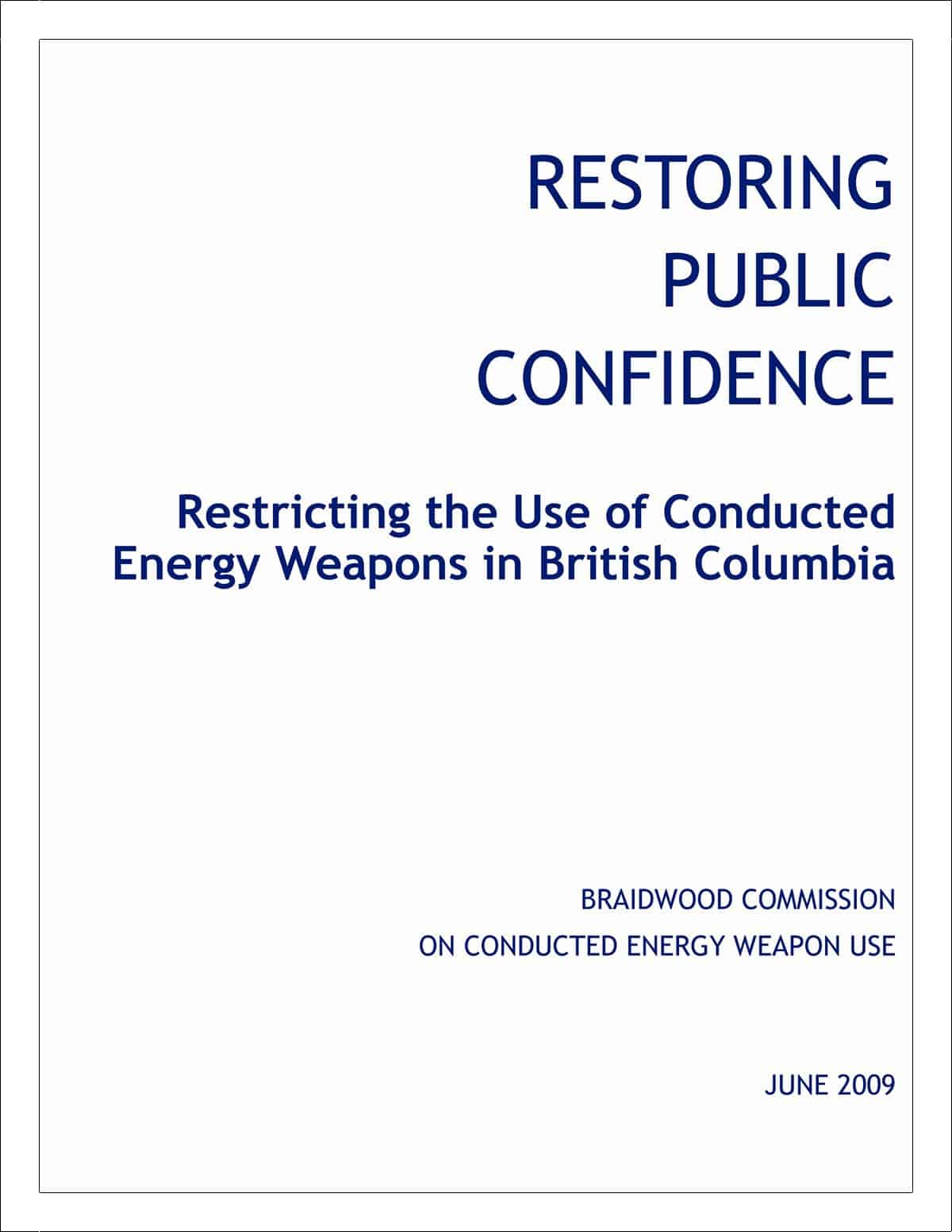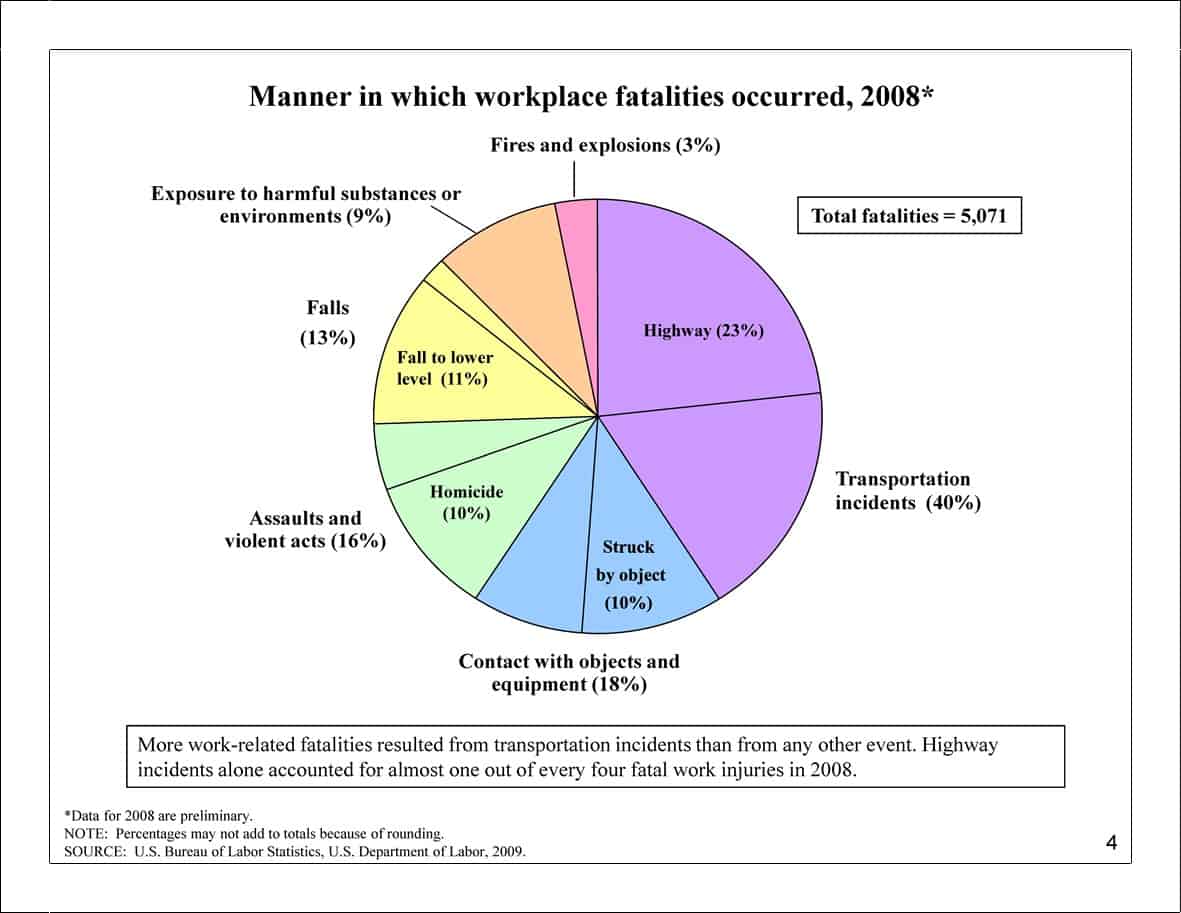WorkSafe Western Australia and the other OHS regulators in Australia have produced a very good, and timely, guideline for the “Prevention and Management of Aggression in Health Services“.
 The hazard has existed for many years and hospitals, in particular, are torn between the competing priorities of keeping their staff safe and maintaining contact with their clients. Glass screens and wire are effective barriers to violent attacks but it can be argued that such structures encourage aggression by implying that “violence happens here”.
The hazard has existed for many years and hospitals, in particular, are torn between the competing priorities of keeping their staff safe and maintaining contact with their clients. Glass screens and wire are effective barriers to violent attacks but it can be argued that such structures encourage aggression by implying that “violence happens here”.
The guidelines, or what the regulators call a “handbook for workplaces” (How does that fit in with the regulatory hierarchy for compliance?), provides good information on the integration of safe design into the health service premises. But as with most of the safe design principles, as is their nature, they need to be applied from initial planning of a facility and so, therefore, are not as relevant to fitting-out existing facilities. In health care, it often takes years or decades before upgrades are considered by the boards and safe design is still a new concept to most.
Another appealing element of the guide is that it does not only consider the high customer churn areas such as casualty or emergency. It is good to see the important but neglected issue of cash handling mentioned even in a small way.
Another positive is the handbook includes a bibliography. This is terrific for those who want to establish a detailed understanding of the issues and the current research. For the OHS regulators, it allows them to share the burden of authority. Just as in writing a blog, by referencing source material the reader understands the knowledge base for the opinions and the (blog) writer gains additional credibility by showing they have formed opinions and advice from the most current sources.
 Having praised the bibliography, it is surprising that of all the Claire Mayhew publications and papers mentioned her CCH book “Guide to Managing OHS Risks in the Health Care Industry”, was omitted.
Having praised the bibliography, it is surprising that of all the Claire Mayhew publications and papers mentioned her CCH book “Guide to Managing OHS Risks in the Health Care Industry”, was omitted.
The regulators have often had difficulty determining whether checklists or assessment forms should be included in their guidances. In Victoria one example of the conflict was in the Manual Handling Code of Practice that included a short and long assessment checklist. Hardly anyone looked beyond the short version and many thought this undercut the effectiveness of the publication.
The fact is that safety management takes time and business want to spend as little time on safety as possible but still get the best results. Checklists are an audience favourite and contribute to more popular and widely read guidelines, and broad distribution of the safety message is a major aim.
Interestingly amongst the checklist in this health services aggression publication a staff survey has been included.
(At least) WorkSafe WA has listened to the frustrations of readers who download a PDF version but then have to muck about with, or retype, the checklists. This handbook is also available as an RTF file for use in word processing.
This is the first OHS publication that has come out from a government regulator with this combination of content, advice and forms. It is easy to see how this will be attractive to the intended health services sector.







